 |
 |
 |
| |
CDC- New HIV Infections /
Ending AIDS by Tony Fauci at HIVR4P 2018
|
| |
| |
Download the PDF here
https://www.cdc.gov/hiv/pdf/funding/announcsp;
Below following these CDC data on New Infections & prevalence is the presentation by Tony Fauci at HIVR4P on "Ending AIDS". Clearly ending AIDS is not as easy as some suggest, if possible at all. However aging & the insufferable affects on many older HIV+ gets little attention. Many are disabled, homebound, unable to get adequate basic resources including food, loss of income, suffer limited mobility preventing them from normal daily living activities including inability to make doctor visits & shop for food, leading to social isolation & loneliness & depression; substance abuse is up & suicide is likely to increase. I suggest these problems are occurring throughout the ISA including in major cities like NY, LA & SF, but also in other major cities like Chicago & Atalanta. We have little i =n the way of data from studies to establish how many are actually homebound, we need studies to quantify this but its clear we can't wait for studies as many will progressively get sicker & die without immediate attention. We need support services for these people & better research to understand the mechanisms of why HIV causes accelerated or premature aging, what happens to the immune system shortly after infection that causes immunosenescence or immune system distortion that leads to earlier declining health, and brain & CNS decline & cognitive impairment, a distorted bone immunity which leads to more & sooner osteoporosis in older HIV+ leading to falls & fractures, more cancers in HIV+, and heart & cardiovascular disease which is 50% higher in HIV+. All these comorbidities are occurring at 2-3 times HIGHER RATES among aging HIV+ compared to comparably aged HIV-negatives. I am not saying we should reduce attention and funding for prevention & PrEP but on equal footing should be the aging problems. Jules

In the United States, HIV diagnoses are not evenly distributed across states and regions. Southern states accounted for more than half of new HIV diagnoses in 2016, while making up 38% of the national population.a In all regions of the United States, the majority of people who receive an HIV diagnosis live in urban areas. But in the South, 23% of new HIV diagnoses are in suburban and rural areas, and in the Midwest 21% are suburban or rural-higher proportions than in the North and West. The South's larger and more geographically dispersed population of people living with HIV creates unique challenges for prevention and treatment.
Understanding the places and populations that are most affected by HIV and AIDS allows the federal government to allocate its resources to the geographic areas where they are needed most while still supporting a basic level of HIV education and prevention for everyone across the country.
https://www.cdc.gov/hiv/statistics/overview/geographicdistribution.html
There were an estimated 38,500 new HIV infections in the United States in 2015. Southern states accounted for half of them.
CDC awards $216 million to community-based organizations to deliver the most effective HIV prevention strategies to those in greatest need: Organizations funded under PS15-1502: Comprehensive High-Impact HIV Prevention Projects for Community-Based Organizations
https://www.cdc.gov/nchhstp/newsroom/2015/cbo-foa-awards-press-release.html
Pdf of this list posted at top
AIDS, by Region
New AIDS diagnoses: In 2016, the South accounted for 53% (9,584) of the 18,160 new AIDS diagnoses in the United States, followed by the West (17%, 3,129), the Northeast (17%, 3,088), and the Midwest (13%, 2,359).
In 2016, the rate of AIDS diagnoses was 7.8 in the South, 5.5 in the Northeast, 4.1 in the West, and 3.5 in the Midwest.
Living With HIV and Deaths, by Region
Southern states account for approximately 46% of all people with HIV (diagnosed and undiagnosed). States reporting the highest rates of people living with HIV are predominantly in the South and the Northeast.
At the end of 2015, the overall prevalence of people with diagnosed HIV in the United States was 303.5 per 100,000 people. By region, prevalence was 417.8 in the Northeast, 359.3 in the South, 248.6 in the West, and 170.6 in the Midwest.
Knowledge of HIV status and the health of people with HIV vary widely across the United States, with Southern states generally behind other regions in some key HIV prevention and care indicators.
⋅ Nationally, in 2015, 86% of people with HIV knew they were HIV-positive. But 12 out of 17 Southern states fell below this mark.
⋅ Half (51%) of people with undiagnosed HIV live in the South.
⋅ Linking people to care within 1 month after an HIV diagnosis improves their health and reduces the risk of transmission. Overall, 75% of people diagnosed in 2015 were linked to care within 1 month. Half of the states that fell below that mark were in the South.c
⋅ In some Southern states, people living with diagnosed HIV are 3 times as likely to die as those living with HIV in some other states.
HIV deaths: Of the 6,465 deaths attributed directly to HIV disease in 2015, 3,451 (53%) were in the South; 1,204 (19%) were in the Northeast; 1,109 (17%) were in the West; and 701 (11%) were in the Midwest.
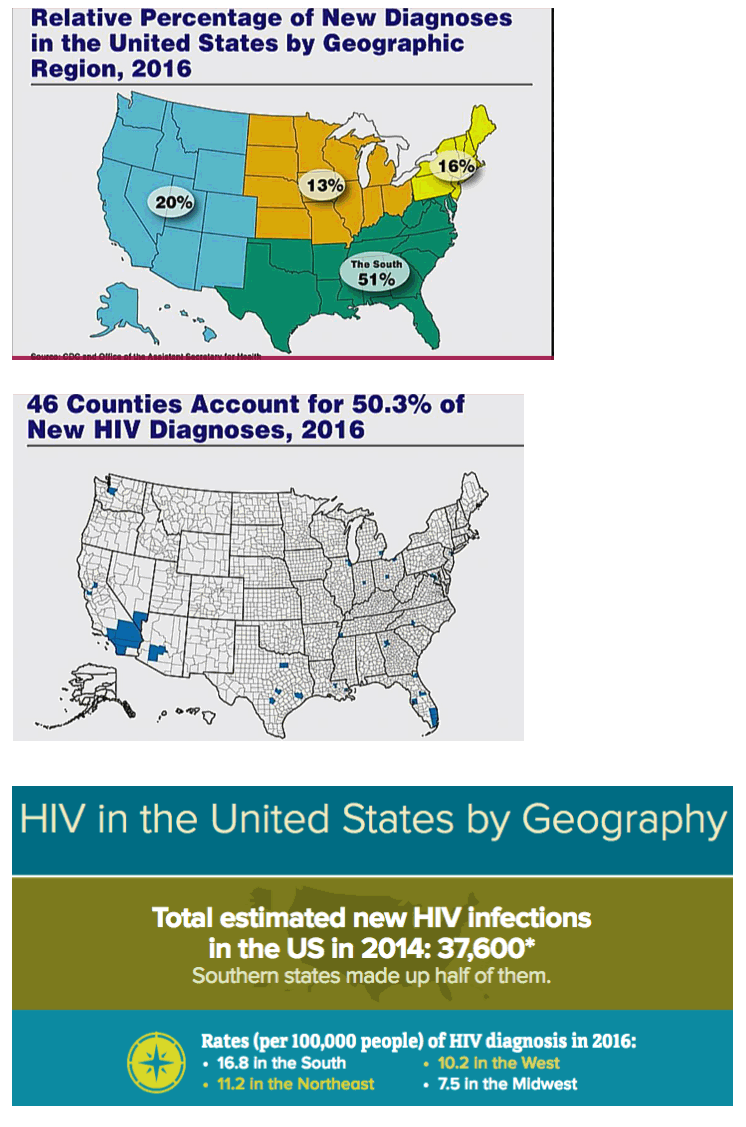
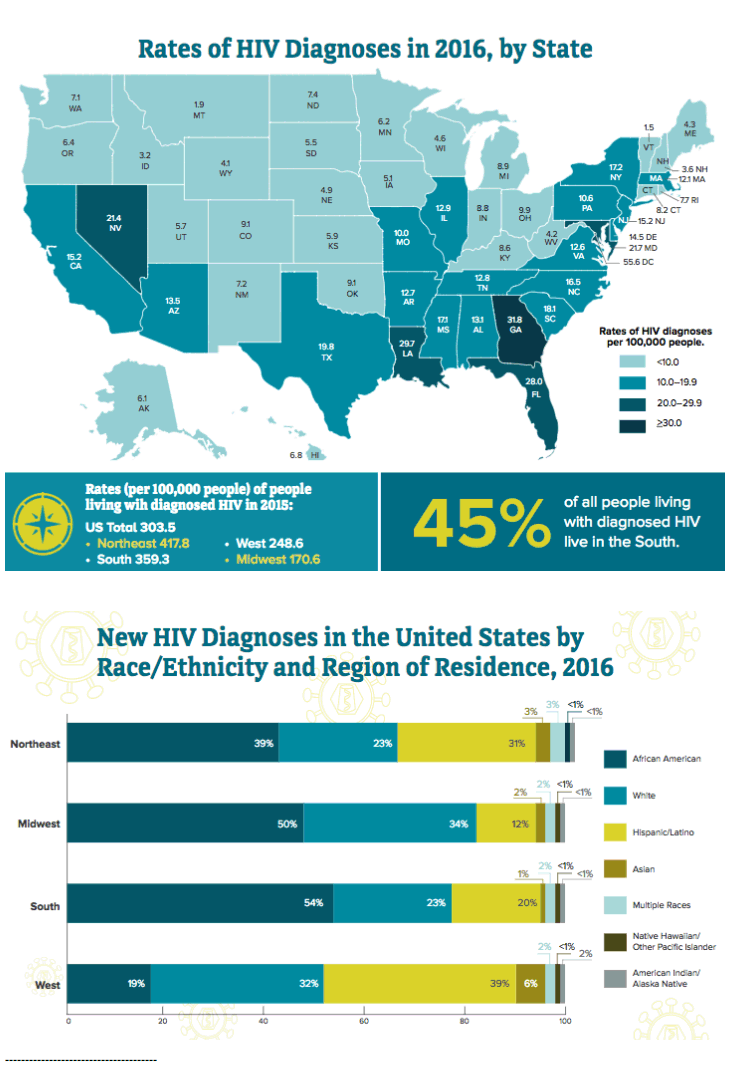

WEBCAST: http://webcasts.hivr4p.org/console/player/40304?mediaType=slideVideo&&crd_fl=1&ssmsrq=1540331799649&ctms=5000&csmsrq=1282
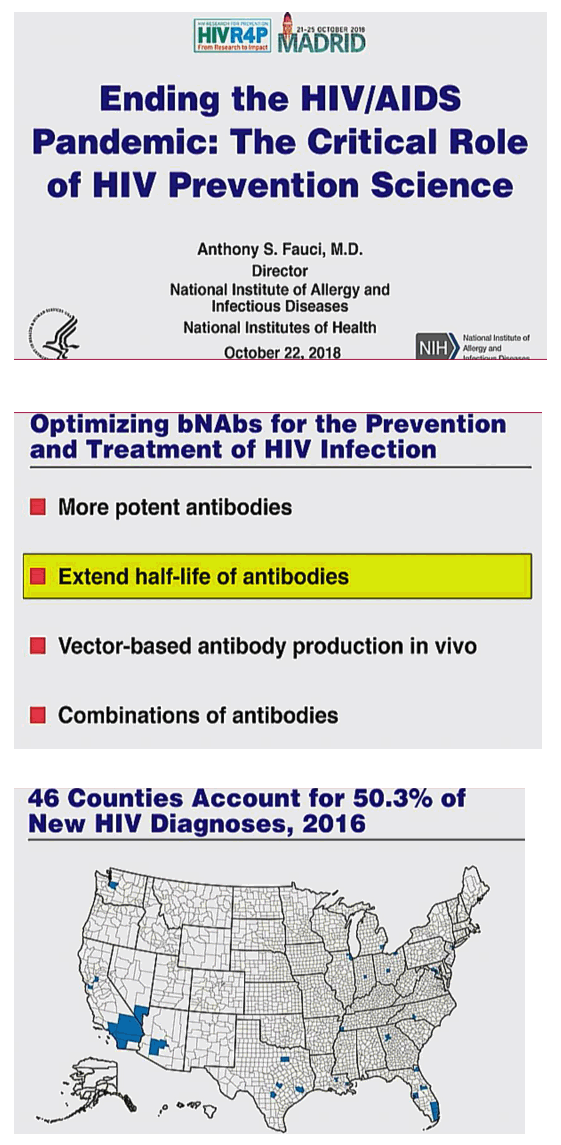
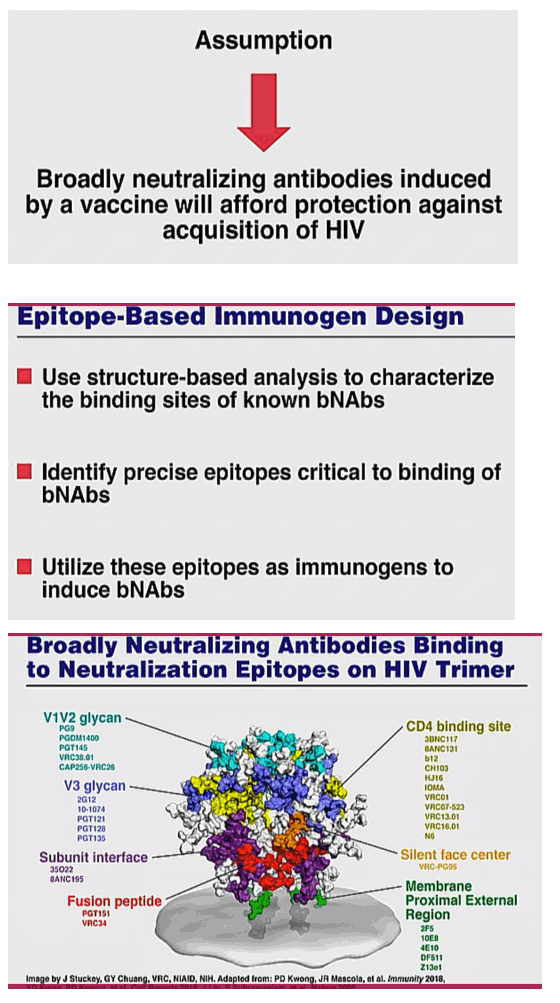
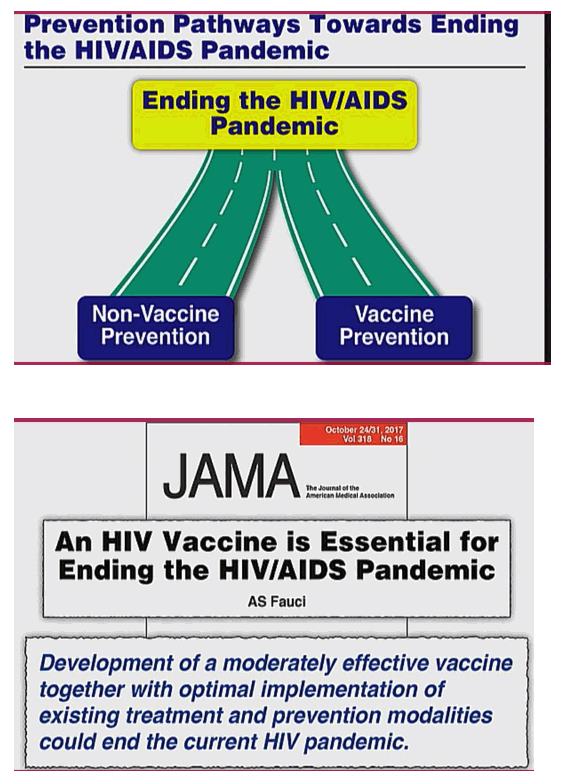
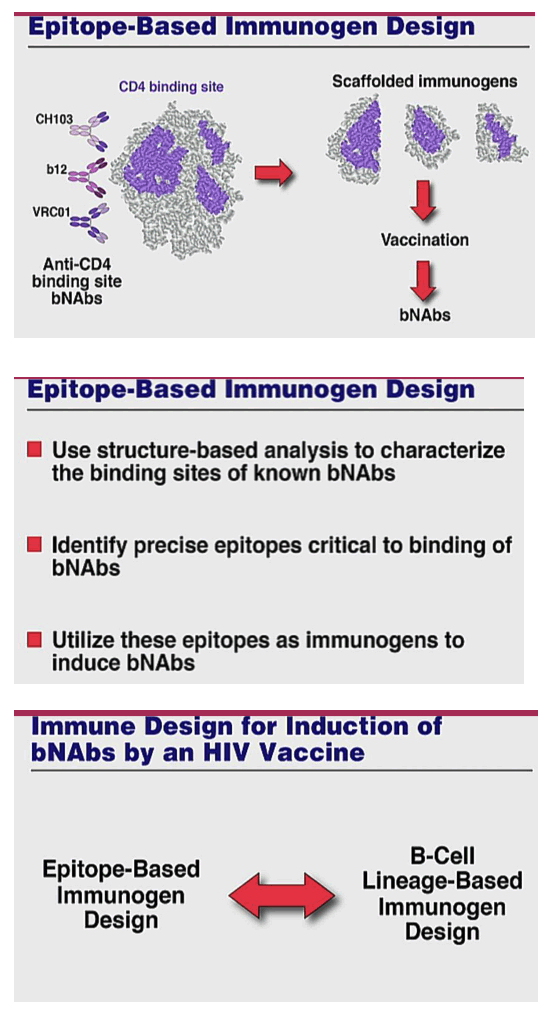
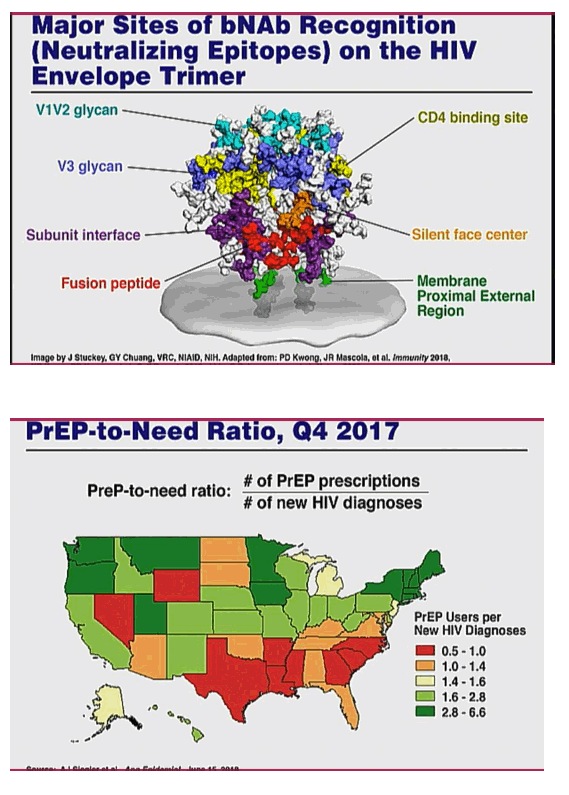
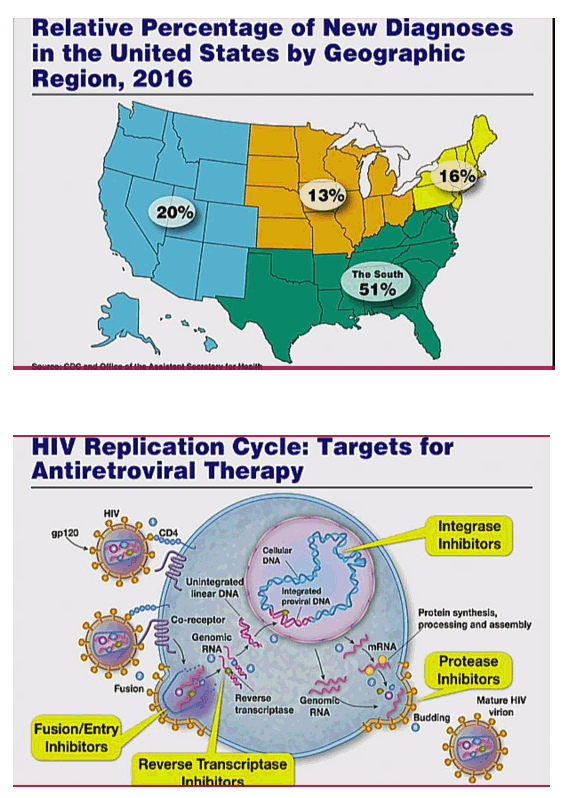
|
| |
|
 |
 |
|
|